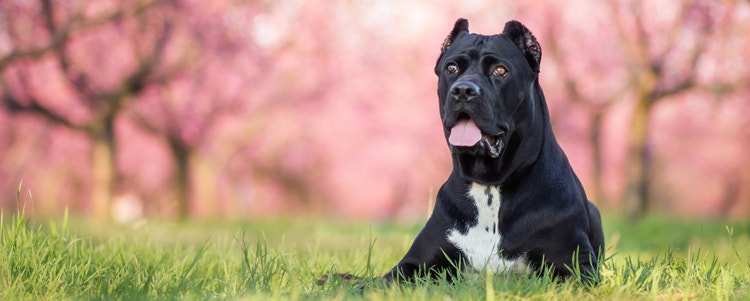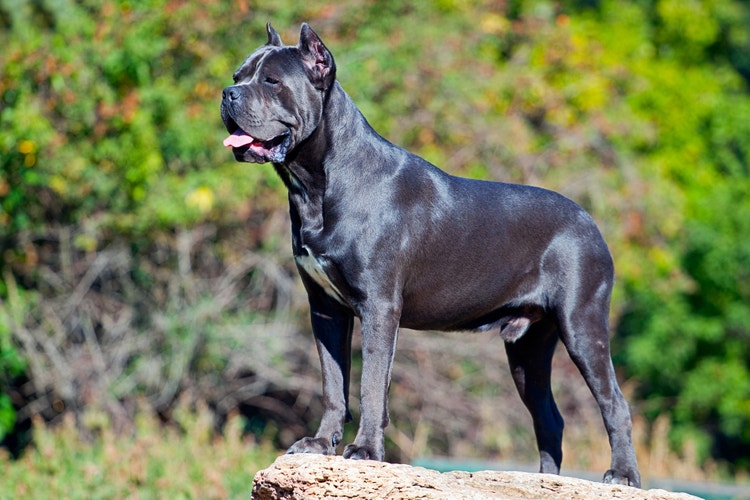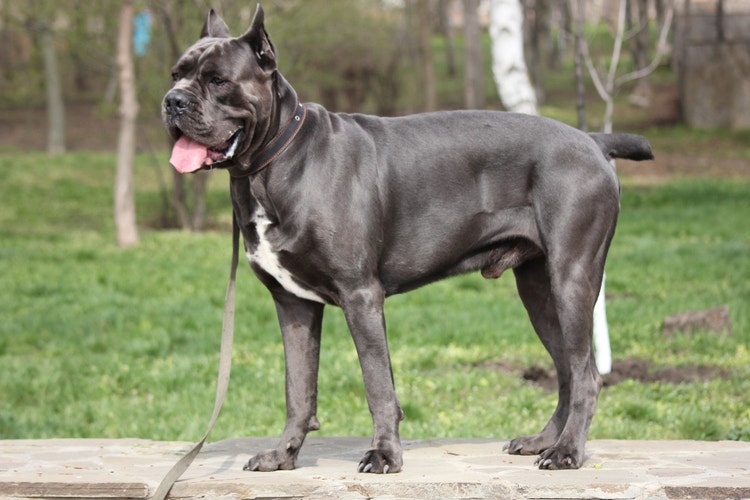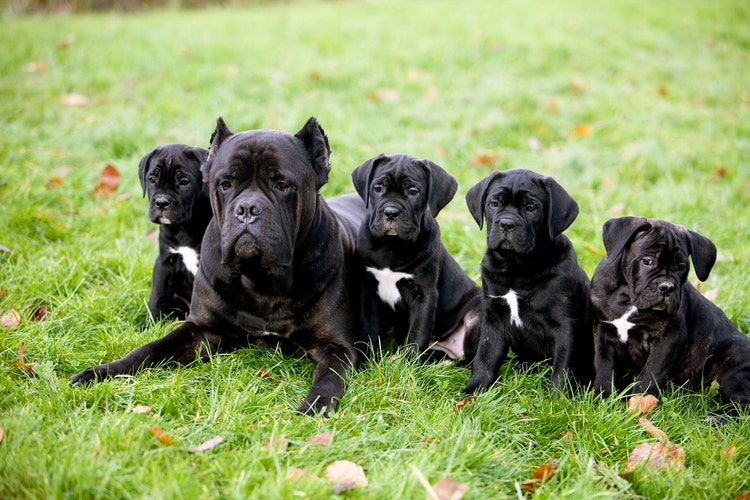
A Guide to the Cane Corso Dog Breed


Where Are Cane Corso From?
The Cane Corso is an ancient breed that can be traced back to the Molossus dog of the Romans, which were bred for size and ferocity. The Neapolitan Mastiff is another Molossus dog, but of the two breeds, the Cane Corso is more agile and quick.
It can also be argued that the Cane Corso breed came from an old Sicilian herding dog known as the Cane di Macellaio. They were used primarily as warriors and hunters during the Middle Ages. When they were not hunting, they were driving cattle and other animals to market. The breed was not present in the US until 1987, when they made their first appearance in New Jersey. They are still rather uncommon outside of Italy.
Caring for a Cane Corso
What Kind of Diet Does a Cane Corso Need?
What Kind of Diet Does a Cane Corso Need?
The Cane Corso requires a high-quality diet and, due to their large size, they need a larger caloric intake than most dogs. They are prone to becoming overweight, however, so portion size should be considered.
How Often Should You Brush a Cane Corso?
How Often Should You Brush a Cane Corso?
Cane Corso have a shedding coat and require daily brushing, especially during shedding season.
Are Cane Corso Healthy Dogs?
Are Cane Corso Healthy Dogs?
The Cane Corso is a generally healthy breed, but they are prone to diseases like gastric dilatation volvulus (bloat) due to their deep chest, as well as hip dysplasia.
Cane Corso are predisposed to: demodicosis, entropion, epilepsy, GDV, cherry eye, and hip dysplasia.
Can You Train a Cane Corso?
Can You Train a Cane Corso?
The Cane Corso needs to be socialized early in life to prevent potential behavioral problems and aggression. They may become dominant and overly protective if not properly socialized and trained. They are, however, very open to training and willing to learn. Be consistent and proactive with training, and your Corso will develop into a great protector for the family.
How Much Exercise Does a Cane Corso Need?
How Much Exercise Does a Cane Corso Need?
Cane Corsos need a large amount of room and exercise, and they don’t do well in small, apartment settings. If not properly stimulated, behavioral problems may arise. Give your Corso a job to do and they will be content. The breed typically excels at protection sports, tracking, and dock diving.

Are You Ready to Adopt a Cane Corso?
Adopting Cane Corso puppies? Start by making sure a dog of this size and demeanor will fit your lifestyle. Use our pet adoption checklist to walk through each step in the adoption process. Complete the necessary adoption applications and be prepared for interviews or home visits. Spend time with potential dogs to find a good match. Finally, prepare your home for the new pet, ensuring it's safe and welcoming.

Pet Insurance Options for Cane Corso Dogs
Pet insurance for a Cane Corso may help cover costs for conditions like hip dysplasia and bloat. Consider a policy that includes hereditary and congenital conditions, flexible coverage options, and reasonable premiums.
Use our insurance aggregator tool to compare providers and find the best plan for your dog's unique needs.
What Are the Physical Characteristics of a Cane Corso?
Cane Corso Facts
Other Breeds to Explore
References
- “Official Standard of the Cane Corso.” American Kennel Club, 30 June 2010, images.akc.org/pdf/breeds/standards/CaneCorso.pdf.
- “Cane Corso Dog Breed Information.” American Kennel Club, 6 Nov. 2017, www.akc.org/dog-breeds/cane-corso/.


